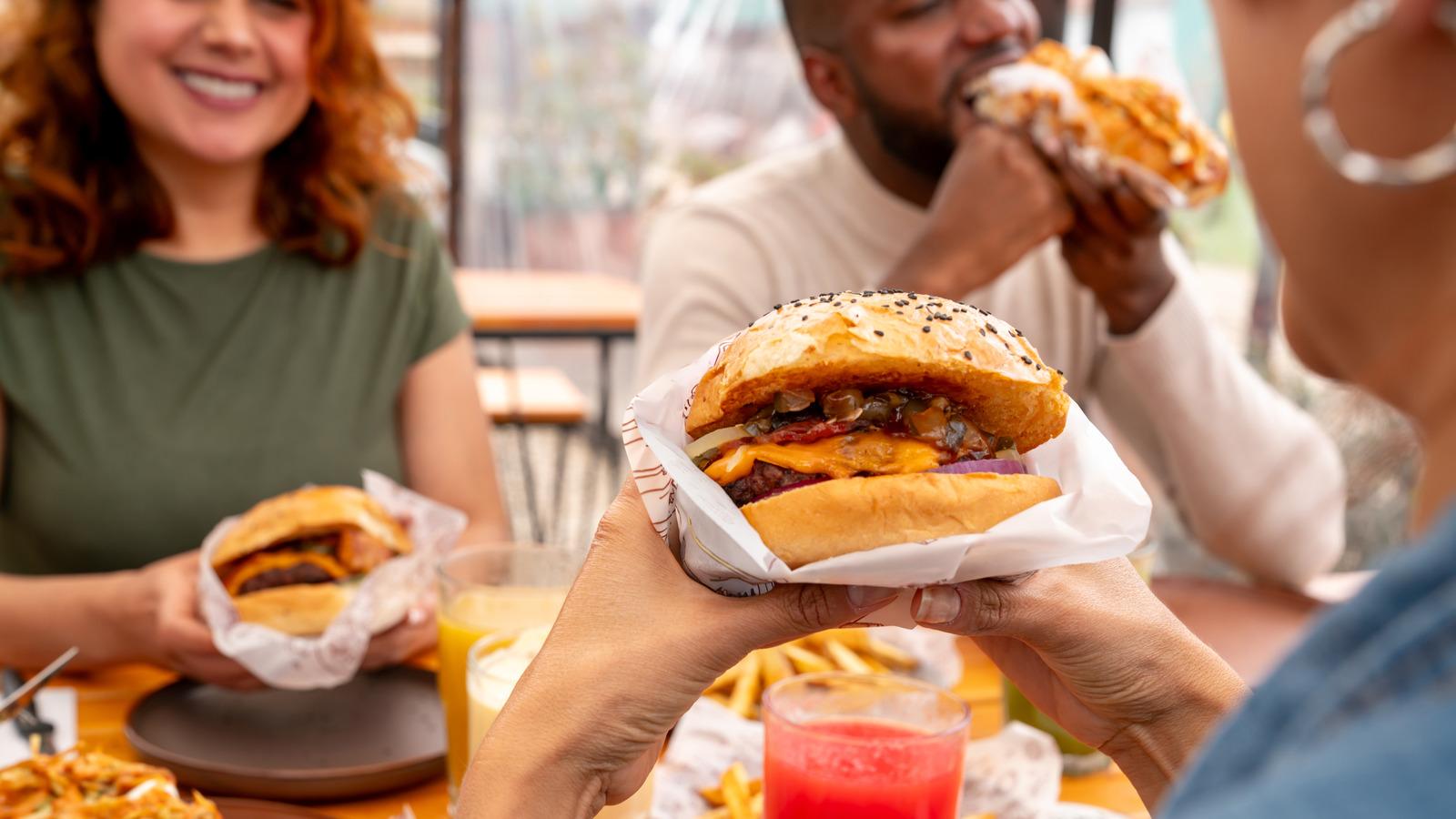
Hispanolistic/Getty Images
As 2026 approaches, America's restaurant landscape is shifting faster than ever. Some chains are quietly shrinking down while others are rolling out sweeping ownership changes, untested business strategies, and cost-cutting measures that directly affect the dining experience. When customer complaints start sounding the same across dozens of cities, and when those complaints revolve around quality declines, understaffed locations, or corporate overhauls, it becomes harder to ignore the warning signs and less appealing to eat at these places.
This list examines 11 restaurant chains that, based on recent customer feedback and reported changes, may be worth skipping in 2026. Many of these brands were once beloved, but now face a combination of rising prices, inconsistent management, shrinking menus, and disappointing food quality compared to their past offerings. If you are wondering which restaurants might not deserve your time or money in the new year, here is what diners are saying.
1. Benihana
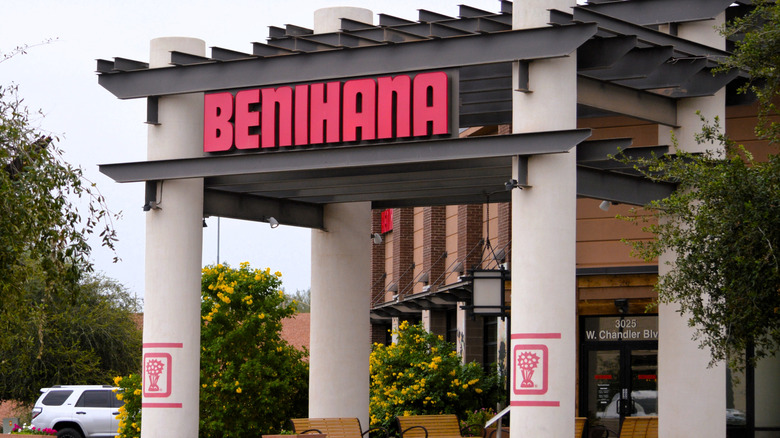
Around the World Photos/Shutterstock
Benihana has spent decades cultivating an image as the go-to teppanyaki destination, and a place where the grill show is part of the meal's value. But ever since it was acquired by One Group in 2024, the chain has seen an escalating wave of criticism from both diners and its own staff. And unlike older grievances from years ago, the most troubling complaints are recent, widespread, and consistent.
Customers report that the chain's experience no longer feels like it used to, with horrible service, including not taking food allergies seriously. Others describe uneven cooking, long waits despite reservations, and dining rooms that feel less cared for than they once were. Employees have also publicly voiced dissatisfaction, citing concerns about management changes, staffing shortages, and increased pressure to hit service quotas. When staff morale drops, the impacts eventually show up on the plate, and for a chain built on the promise of a premium, entertaining experience, that problem is especially visible.
Benihana is not just struggling with quality; it is struggling with identity. Under its new ownership, it feels increasingly like an expensive steakhouse concept trying to operate a theatrical dining model without the necessary investment. Until these issues are resolved, 2026 may be the year diners decide to go elsewhere for tableside flair.
2. Wendy's
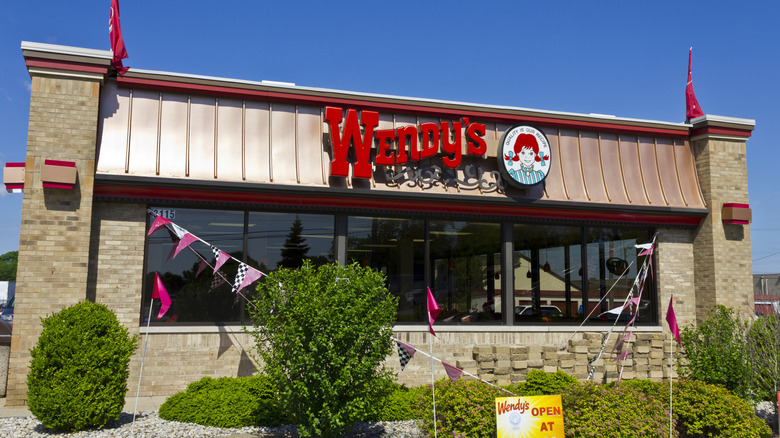
Jetcityimage/Getty Images
Wendy's has long positioned itself as the "premium" fast-food burger chain, with fresh beef, a distinct square-patty identity, and nostalgic staples like Frostys and baked potatoes. But 2026 is shaping up to be one of the most unstable years in the company's history. Starting in late 2025, Wendy's began a large wave of closings affecting hundreds of locations, and customers have already started to feel the shockwaves.
Corporate leadership insists these shutdowns are part of a strategic realignment, yet the closures seem to be landing hardest in areas where residents rely on affordable fast-food options the most. Customers have taken to review platforms to express frustration over shuttered stores, unpredictable hours, and stretched-thin staff. There are reports that service at surviving locations feels rushed, understaffed, and inconsistent, and this will only worsen as more stores close.
Reviews from the past two years also highlight an increasingly uneven food experience. Some diners praise the brand's core items like the bacon burgers and chicken sandwiches, while others describe raw burgers, hollow fries, and mobile orders that aren't promptly ready and are inconvenient to pick up. Even the Wendy's breakfast menu, once praised and promoted as a major win for the fast-food chain, has seen bad reviews for its iced coffee and mediocre food.
When a chain is undergoing a major transition that involves hundreds of closures and a complete operational re-evaluation, guest experience typically suffers. Wendy's may eventually rebound, but in 2026, diners searching for consistency might want to brace themselves or choose a different drive-thru.
3. Golden Corral

Helen89/Getty Images
Golden Corral has always been a polarizing chain, but recent customer complaints show a sharp increase in frustration with the food, cleanliness, and overall dining environment. Buffets naturally face scrutiny, yet reviewers from the past two years have described the chain with unusually strong language, calling it everything from "an abomination" to the trashiest buffet experience they have encountered. That level of critique is not subtle, nor is it isolated to just a handful of reviews.
Recent diners have voiced concerns about the quality and freshness of items on the buffet line, noting that many dishes appear to sit out too long or lack consistent seasoning. Vegetables receive especially harsh commentary, with multiple guests describing them as mushy, flavorless, or simply bad. Even long-time fans of the chain say the food feels less cared for than it once did. Atmosphere is another recurring issue. Customers mention chaotic dining rooms and poorly treated workers and waitstaff. Several diners also note that items like the chocolate fountain were not properly cleaned after customer use, while other reviews mentioned feeling sick after eating there.
Golden Corral's business model depends on variety, freshness, and volume, but when corners are cut, whether due to staffing challenges or cost pressures, the entire experience suffers. For budget-minded diners, buffets can still offer value, but more reviewers are warning that the chain no longer delivers the quality or consistency it once promised. In 2026, Golden Corral might be one buffet worth skipping.
4. Pizza Hut
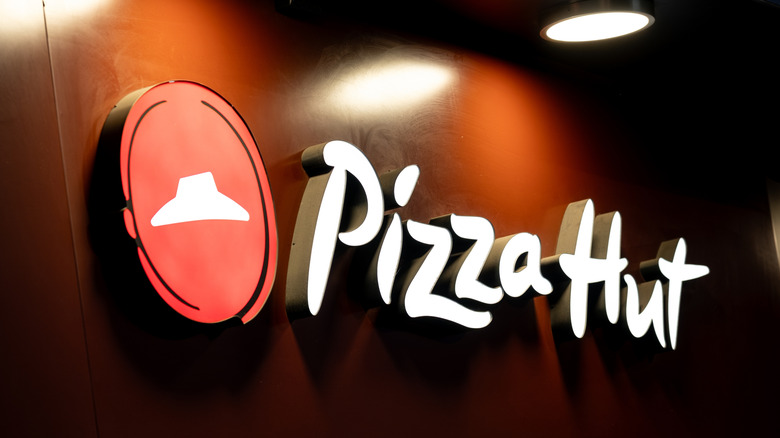
In Green/Shutterstock
Pizza Hut was once considered the gold standard of chain pizza, especially during the 1980s and 1990s, when it was known for its dine-in restaurants, warmly lit interiors, and unique menu offerings. But modern Pizza Hut has drifted far from those nostalgic roots, and recent customer feedback paints a picture of a chain struggling with quality, service, and relevance. In the past two years, diners have noted that even locations with dine-in spaces often operate more like takeout counters, with self-serve areas and limited staff presence. This shift erodes what used to make the chain special, with customers walking into what feels like a hybrid fast-casual setup, minus the charm or efficiency.
Food quality complaints have also increased. Guests report undercooked pies, dough that lacks flavor, and inconsistently prepared breadsticks, and wrong order sizes. Others mention that certain pizzas taste oddly similar to cheaper options like Costco's supermarket-style food-court slices. Additionally, reviews also claim that Pizza Hut's pasta dishes are bland and underseasoned, offering little value compared to similarly priced competitors.
One of the most consistent criticisms is price. Diners say the brand charges insane amounts for what frequently tastes like rushed or poorly made food. When customers begin unfavorably comparing Pizza Hut to Costco's wholesale-club pizza or even gas station pizza, it is a clear sign that value is decreasing. Pizza Hut is not in any immediate danger of disappearing, but unless it revitalizes its menu and service model, 2026 might time for diners to question whether the brand is still worth it.
5. Applebee's
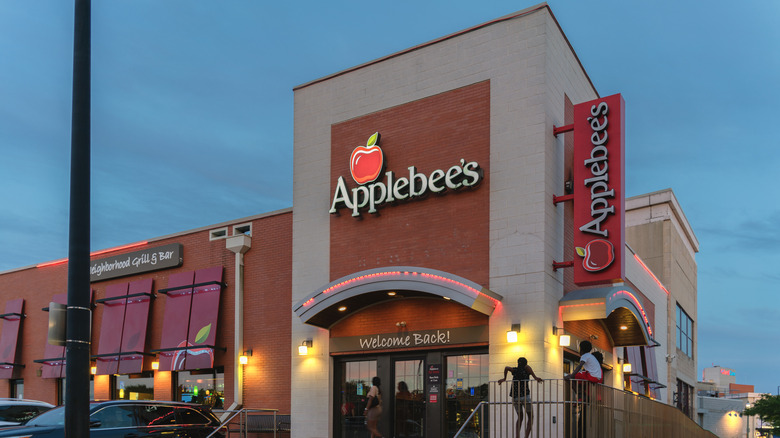
M. Suhail/Getty Images
Applebee's continues to attract crowds thanks to its modest prices and broad menu, but recent reviews suggest that the chain's reputation for relying heavily on microwaved and pre-packaged foods is more than just a running joke. Diners, and even employees, have repeatedly described meals that taste reheated or lack freshness, especially items that are not grilled or fried.
The chain has long marketed itself as a reliable neighborhood bar and grill, yet many recent guests say the food no longer matches that identity, with customers saying that they can eat better by buying frozen gas station meals and heating them at home. This microwaved food perception, whether accurate or not, has become so widespread that it's defining the brand's modern image.
Service complaints also appear more frequently. Customers note understaffed dining rooms, long waits for food, and servers stretched thin across too many tables. While this is not unique to Applebee's, it contributes to an experience that feels less polished than it once did. And although the chain still draws crowds for seasonal promotions and drink specials, those deals can't fully mask the growing dissatisfaction with its core menu. Applebee's is not the worst chain in America, but it is becoming increasingly associated with convenience rather than quality. For diners seeking fresh, made-to-order meals, 2026 might be the year to opt for a local grill or casual dining spot instead.
6. Long John Silver's

Sarunyu L/Shutterstock
Long John Silver's has always served a very specific niche of deep-fried seafood at fast-food prices. But the chain's identity has not aged well, and recent customer sentiment suggests that its issues run deeper than nostalgia. Reviews from the past two years frequently call it one of the worst chain restaurants in operation, with many diners citing serious quality concerns.
Complaints about "freezer-burned" flavors appear in YouTube reviews, especially regarding limited-time seafood offerings like lobster bites or certain fish varieties. Customers also report that the food is overly greasy. When seafood is involved, freshness and quality are everything, and these reviews prove that many feel the chain simply is not delivering. Some reviewers even joke that the chain's survival seems suspicious, as if it must have alternative revenue streams to stay afloat, which is a tongue-in-cheek exaggeration, but one that reflects widespread disbelief about its continued presence.
Fast-food seafood is always a gamble, but when customers say a chain's items taste freezer-burned or overly oily, that is a red flag. Unless Long John Silver's reinvents itself for the modern era, 2026 may be the year that more diners decide it is not worth the risk.
7. Subway

Just dance/Shutterstock
Subway once dominated the fast-casual sandwich market, but its recent performances show a chain increasingly out of step with diner expectations. Over the past two years, customer reviews have repeatedly criticized its rising prices and declining food quality, with many claiming the brand's sandwiches no longer justify their cost.
One of the most consistent complaints is inconsistency and a lack of real ingredients. Subway has been proven not to serve exactly what it has advertised, with its meats not being 100% real. Instead, Subway uses fillers and other ingredients mixed in to make it look like customers are getting more product at a lower cost to the Subway company overall. Several reviewers bluntly describe Subway as simply "bad," with issues like too much mayonnaise, old vegetables, and protein options that taste bland and gross. While the chain has made efforts to refresh its menu in recent years, many customers feel those changes have done little to address the underlying issues.
A final point of frustration is value. What was once considered an affordable lunch option is now viewed by many as overpriced, especially compared to local delis and newer fast-casual competitors like Jersey Mikes. Diners mention paying sit-down restaurant prices for a sandwich that does not feel premium. Subway is not disappearing anytime soon, but its declining reputation suggests that 2026 may be a year when customers increasingly look elsewhere for a satisfying sandwich.
8. KFC
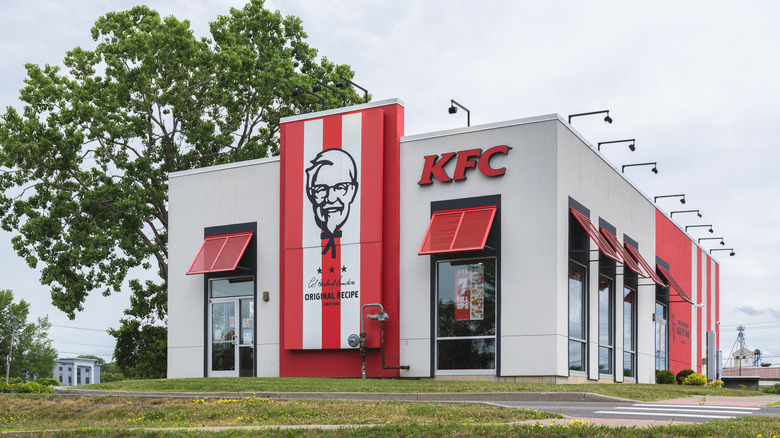
M. Suhail/Getty Images
KFC should be the undisputed leader in fast-food fried chicken, but recent experiences from diners suggest the chain is struggling with consistency. One recurring issue mentioned in reviews is that some locations are frequently out of chicken, which is an almost unbelievable problem for a chain whose entire identity revolves around it. Customers describe arriving during peak hours only to find key menu items unavailable, leading to frustration and long waits.
Those who do receive their orders sometimes complain that the chicken tastes overly greasy, fatty, or heavily reliant on seasoning to mask a lack of actual chicken flavor. One reviewer even received cold food when ordering at KFC, which is not a good look for the chicken chain. Side items have also taken a hit. KFC's mashed potatoes in particular receive criticism for tasting powdered or artificial, which aligns with reports that the chain uses a mix rather than fresh potatoes. While this has long been the case, customers say the flavor has become more noticeably processed in the last two years.
When combining inconsistent availability, uneven frying quality, and reliance on powdered sides, many diners feel that KFC is no longer a dependable choice. With so many competitors offering fresh or hand-breaded chicken, 2026 may be a year when customers decide KFC is not worth the gamble.
9. Burger King
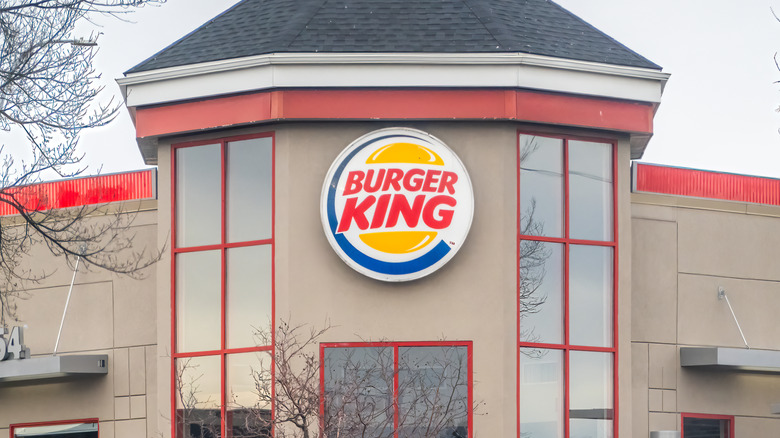
Marvin Samuel Tolentino Pineda/Getty Images
Burger King has been battling perception problems for years, but recent reviews suggest its issues have gotten worse. Customers mention that its drive-thru times are slower than competitors like McDonald's, sometimes significantly. This lag creates frustration, especially when orders arrive lukewarm or incorrect after a long wait. Food quality also remains a sticking point. Diners from the past two years describe burgers that are lower quality than they used to be. One review even says that the chain's flavoring feels weaker and cheaper than it used to, while also claiming the patties are gross and have a waxy aftertaste. When compared to newer fast-casual competitors, the quality gap becomes even more noticeable.
Another issue is the breakfast menu, which customers feel has not evolved in years. In a fast-food landscape where chains are constantly rolling out creative breakfast items, Burger King is criticized for its lack of innovation. Reviewers say the offerings feel repetitive, uninspired, and overshadowed by competitors' more modern options.
The chain has tried to introduce new sandwiches and limited-time promotions, but many customers feel the updates fail to address the core issue of inconsistency. Until Burger King invests in faster service, fresher ingredients, and a more dynamic menu, it is likely to remain on diners' lists of chains to skip in 2026.
10. Olive Garden
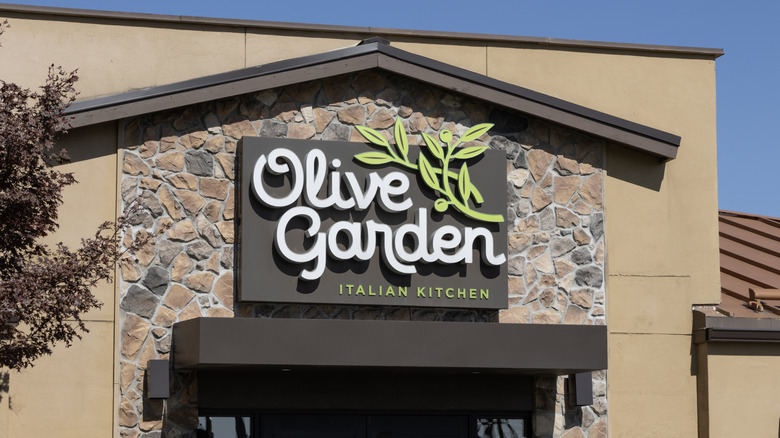
Jetcityimage/Getty Images
Olive Garden has long marketed itself as a reliable family-style Italian restaurant, but recent customer sentiment suggests the chain is losing its appeal. Diners increasingly describe the menu as boring, with a limited variety of entrees and a lack of new or inventive dishes. While the chain still promotes staples like its breadsticks and salad, many guests feel the overall dining experience has grown stale.
A notable complaint from the last two years concerns pasta quality, which is particularly troubling for a restaurant defined by pasta. Diners have reported that the pasta tastes gummy and greasy. For a chain whose identity centers on comfort food, these mistakes stand out more sharply than they would elsewhere. Reviewers also describe the food as average or just okay, which is not necessarily bad, but uninspiring for the price.
This perception, paired with rising costs, makes Olive Garden feel less like a value and more like a compromise. Olive Garden still has loyal fans, but if it wants to win back customers in 2026, it will need to expand its menu, elevate its flavors, and pay closer attention to consistency, especially where pasta is involved.
11. Panera Bread

Sanfel/Getty Images
Panera Bread has successfully positioned itself as a "healthier" alternative to traditional fast food, but recent customer feedback suggests that the chain is experiencing a decline in perceived value. Over the past two years, diners have noted that Panera's prices feel steep and sometimes comparable to or even higher than full sit-down restaurant meals. With entrees regularly exceeding $12 to $15 before add-ons, many customers feel the value simply is not there.
The biggest issue is that quality no longer seems to match the price. Some reviewers claim that Panera's food tastes bland or overly simplistic, comparing it to glorified hospital food. Others mention that portions for soups, bowls, and sandwiches are smaller than they used to be, adding to the sense that customers are paying more for less. Another recurring complaint centers on inconsistency and stale food. Panera Bread has been accused of regularly serving old, frozen, and reheated food to customers. Paired with rising prices, these issues amplify the frustration.
Panera maintains a loyal following thanks to its cozy atmosphere and reliable Wi-Fi, but for many diners, that is not enough. With higher-than-ever menu costs and declining satisfaction, 2026 may be the year when customers choose more affordable (and more flavorful) alternatives.
Methodology
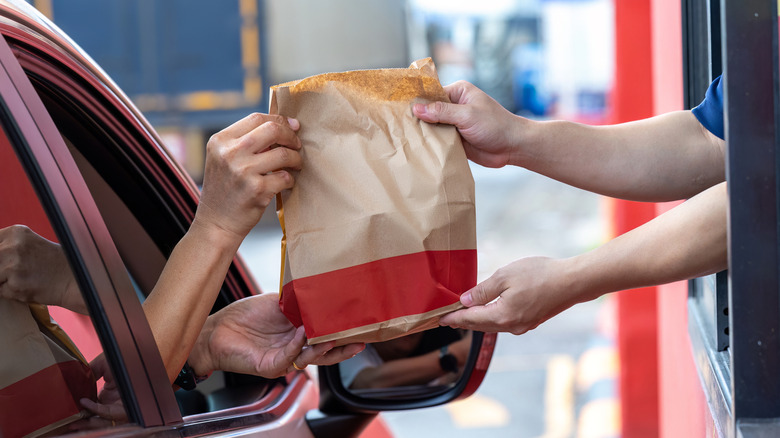
Kckate16/Getty Images
This article was created using a methodology grounded in recent customer sentiments, focusing on feedback from the last two years to ensure accuracy and relevance. Sources included Reddit threads, particularly discussions where users compared national restaurant chains and shared firsthand dining experiences, as well as YouTube reviews, consumer complaint platforms, and other combined feedback across major review sites.
Only complaints that reflect menu items or restaurant conditions that still exist in 2024 to 2026 were considered. Older grievances related to discontinued items or outdated restaurant formats were excluded. To avoid relying on outdated patterns, only recent and consistently repeated concerns were considered.
This methodology also incorporated general reporting on chain closures, operational changes, ownership shifts, and menu updates, to identify restaurants facing a lot of problems heading into 2026.



